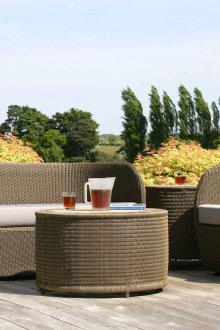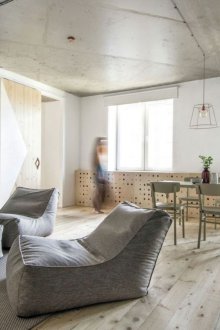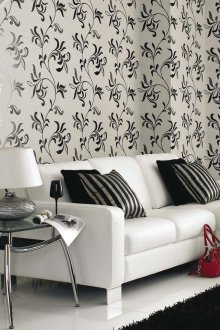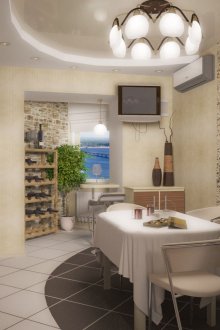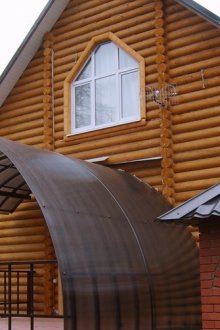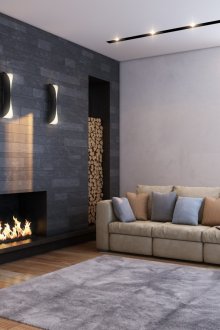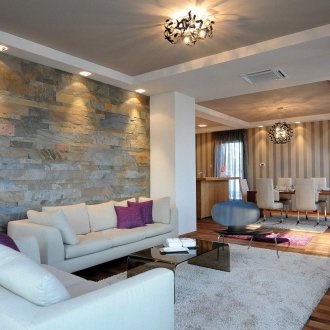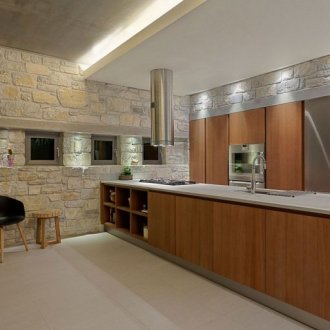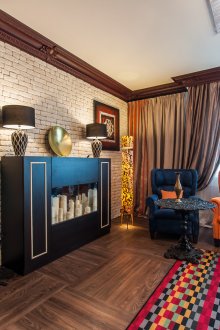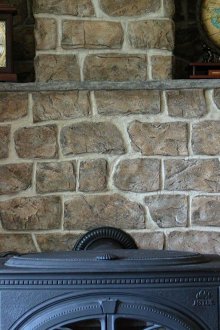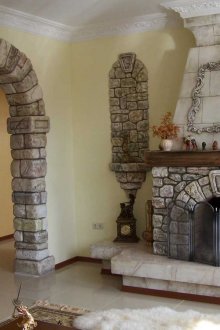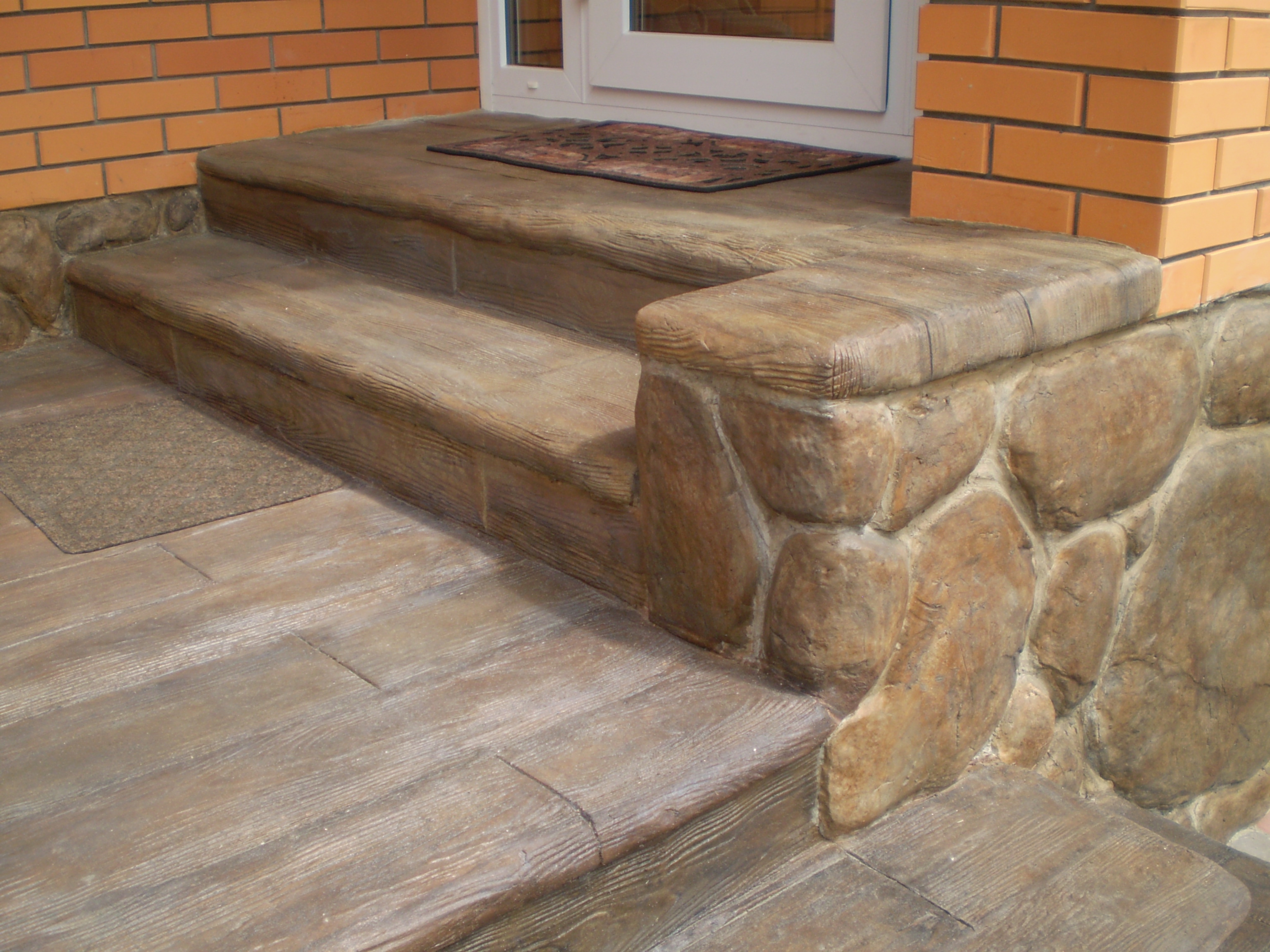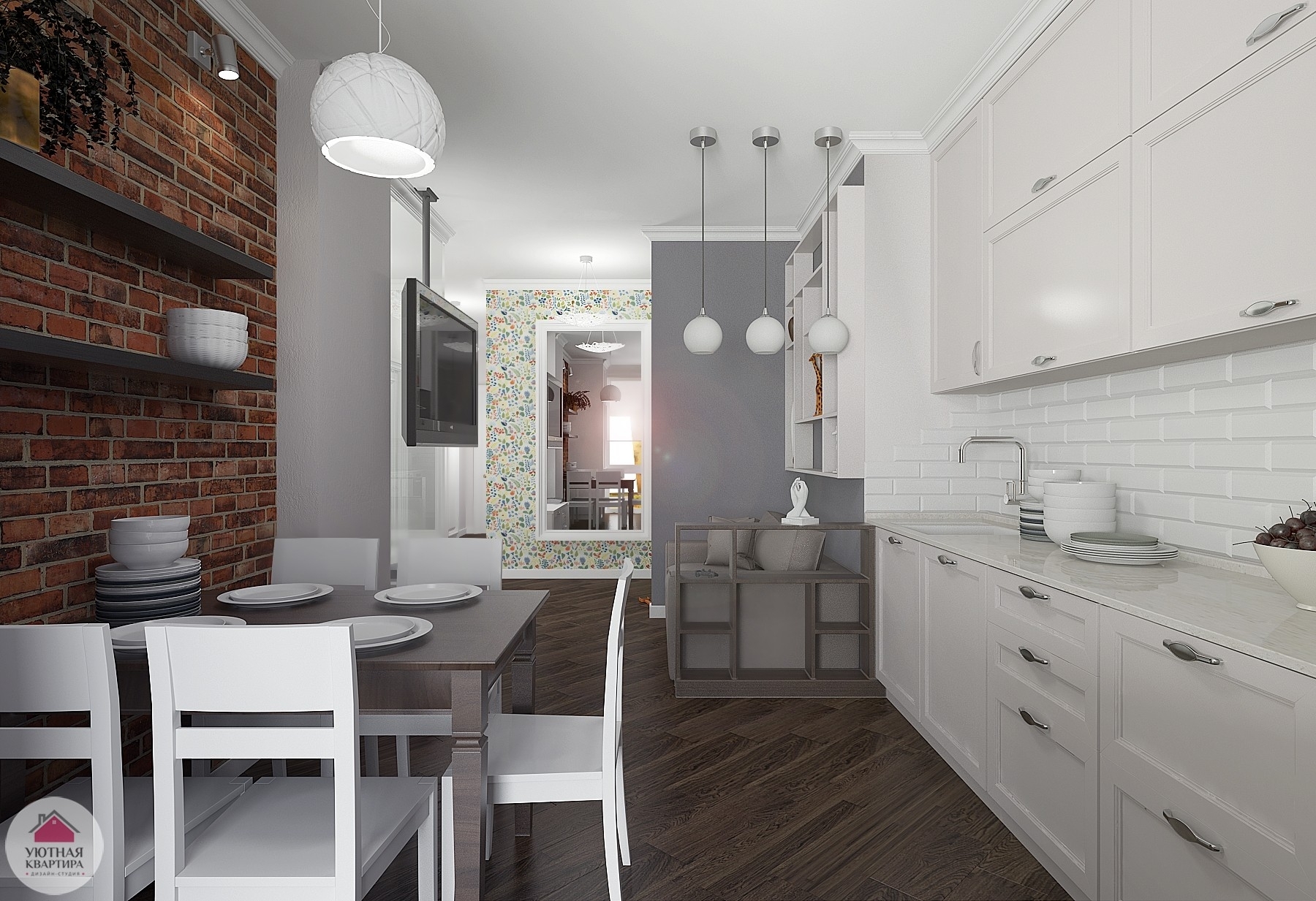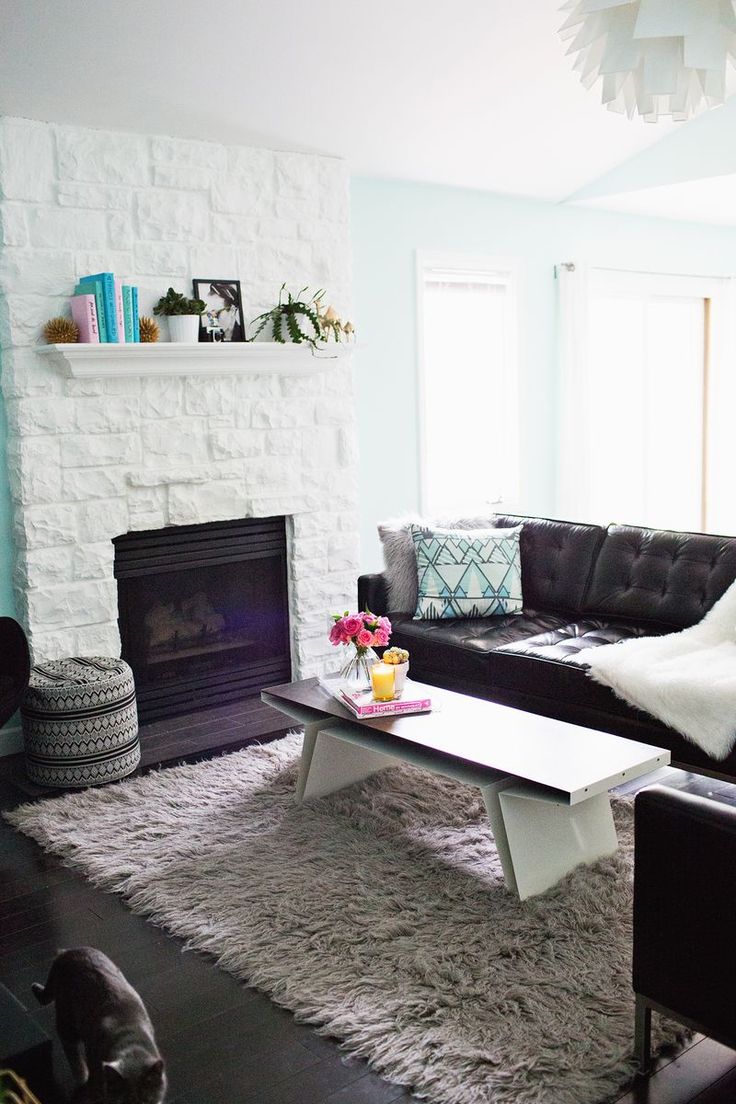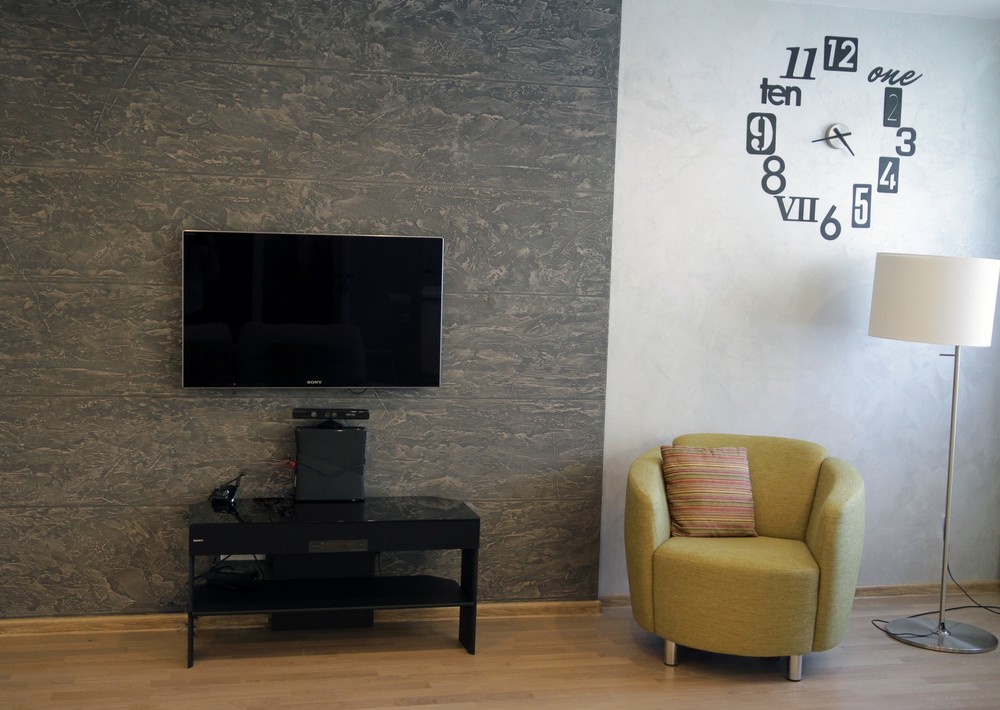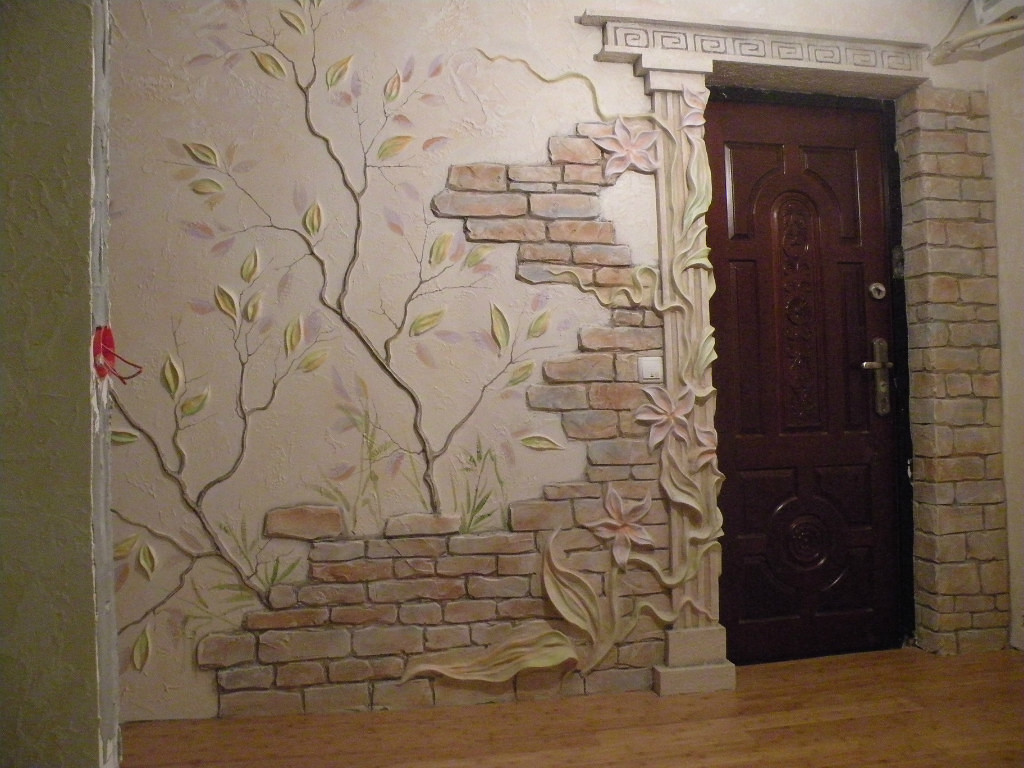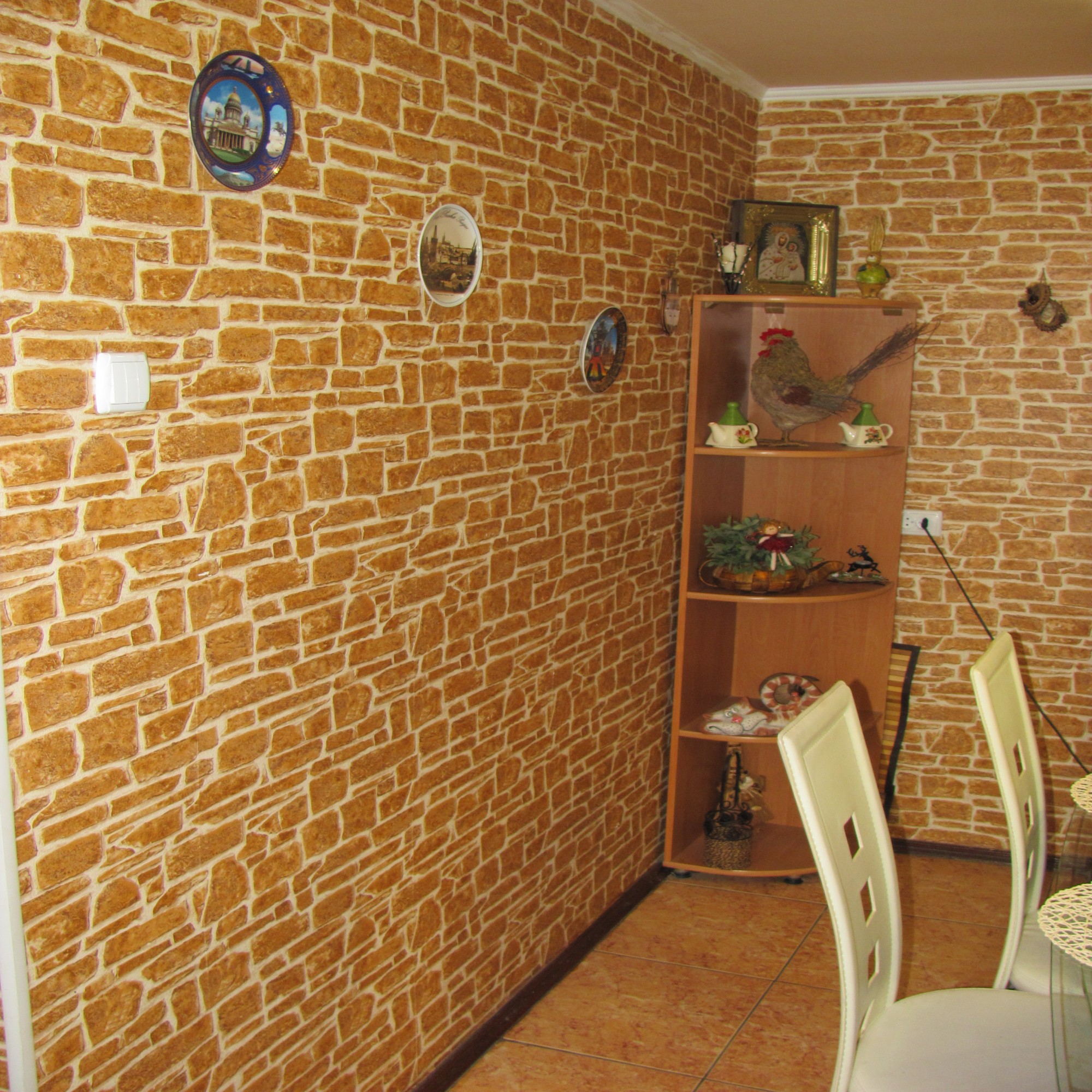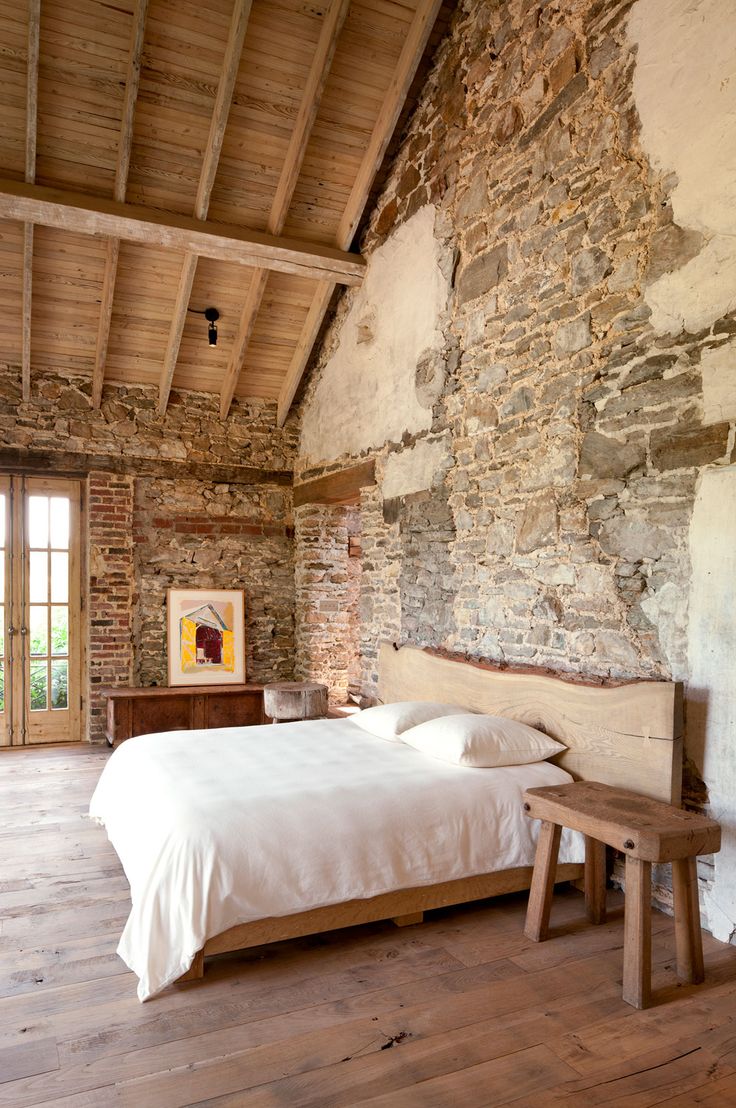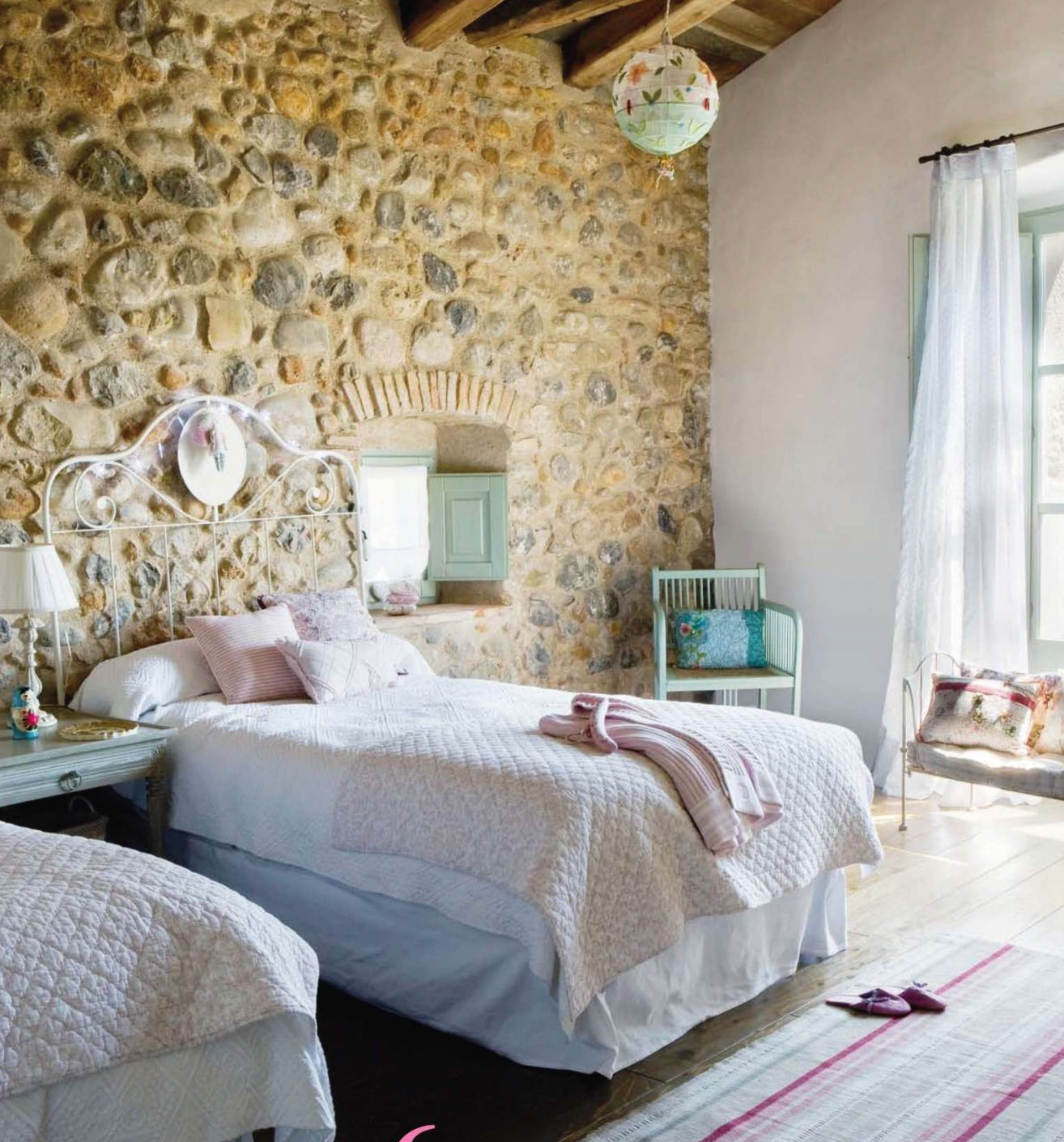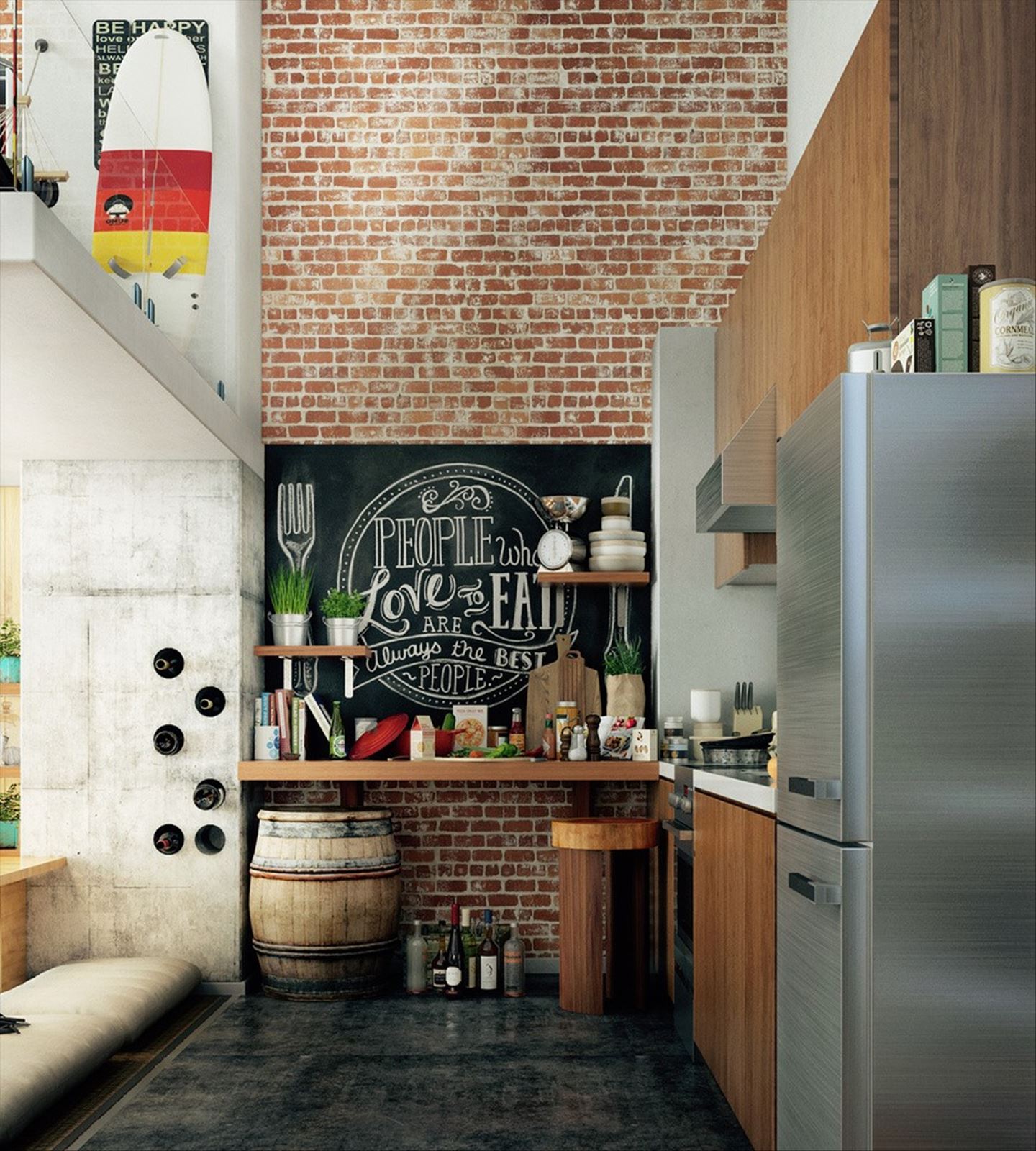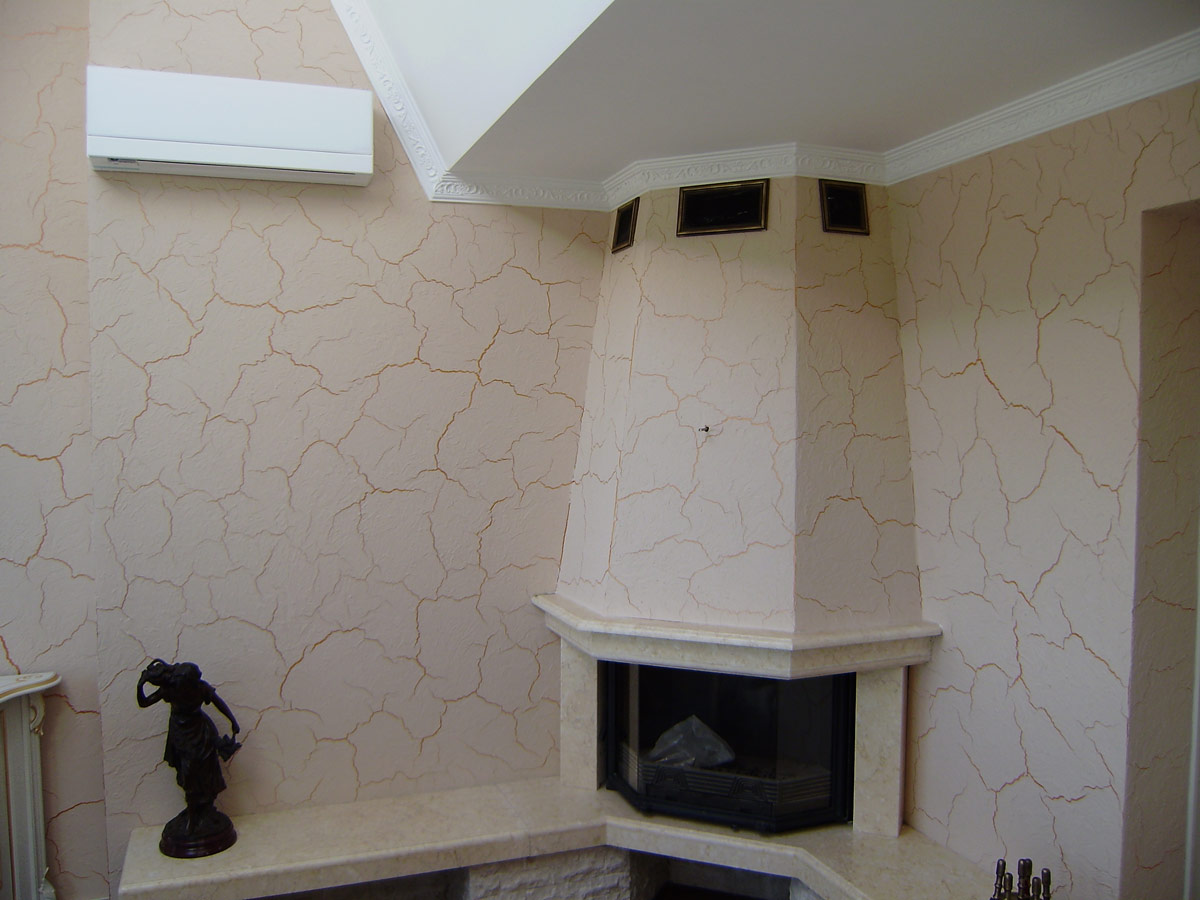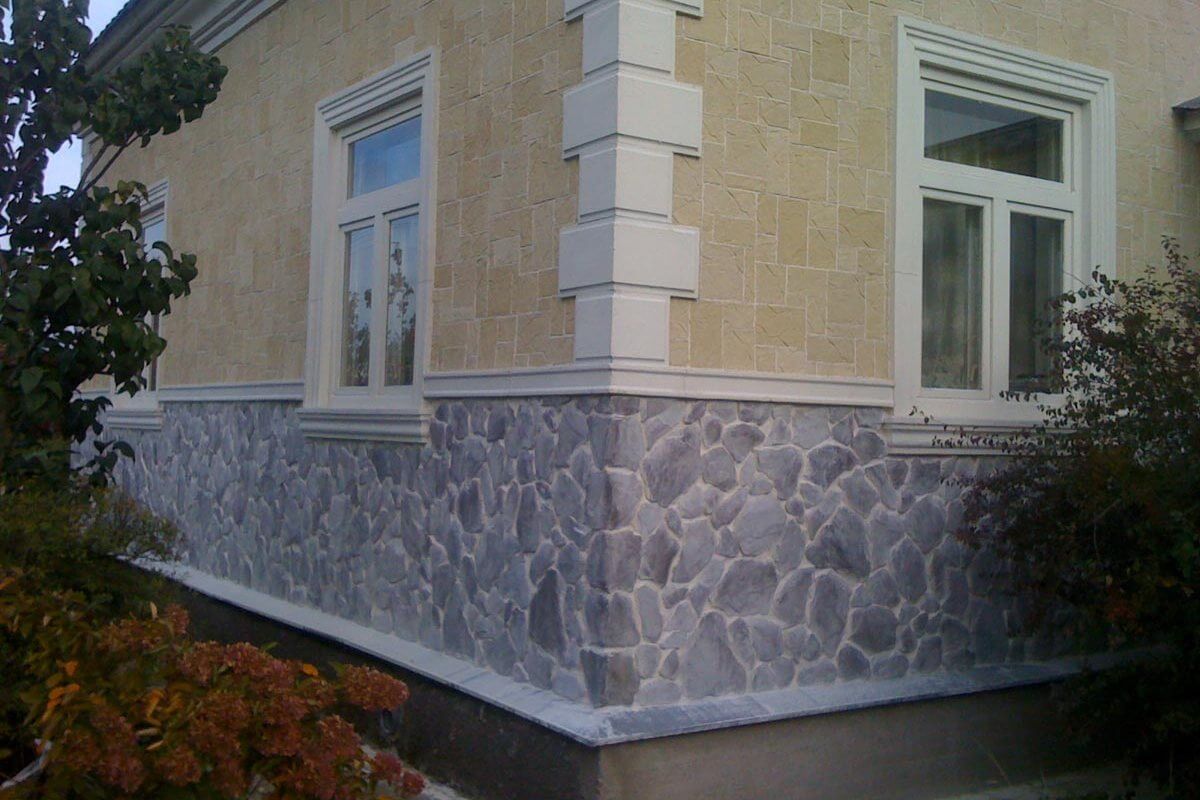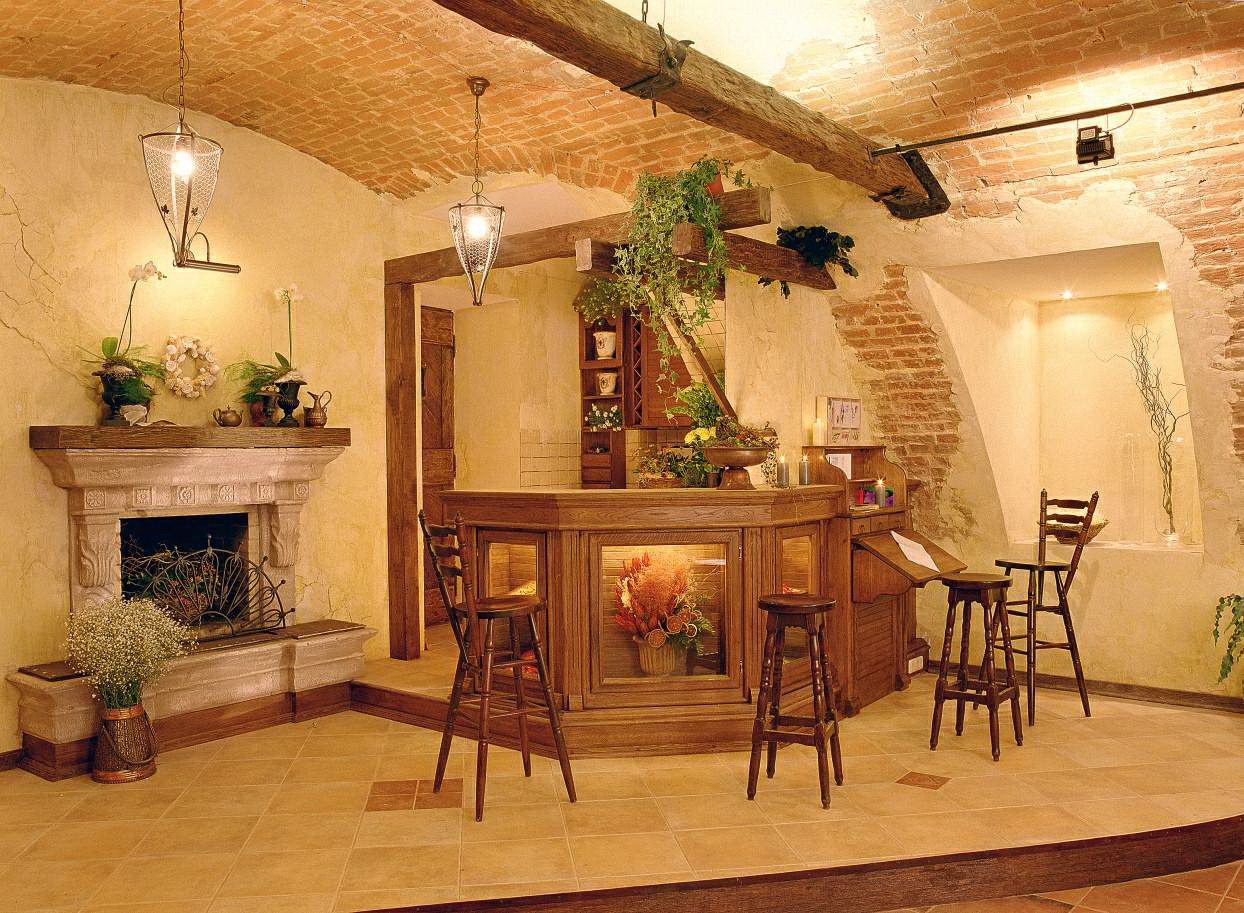Stone stucco: a variety of shapes and textures (25 photos)
Content
Masonry is always associated with safety and nobility. The use of artificial and natural stone is a laborious and expensive process. The best alternative to which is considered decorative stucco under a stone. The variety of shapes and textures allows you to create all kinds of finishes and colors.
Exterior facades of walls, ground floors, street stairs, and also the internal surfaces of rooms are plastered under stone.
Wild stone stucco can be done in several ways, depending on the purpose of the wall and the desired end result.
Features of the use of stucco under stone
- A huge variety of shapes, textures and colors. Using the solution, you can recreate any stone effect.
- The best ratio of cost and quality characteristics of the material.
- Universality. Possibility of application for interior and exterior decoration, decoration of walls, stairs, and fences.
- Alignment of surfaces. Under a layer of plaster, you can align any walls.
- The use of a machine method of applying a mixture reduces the cost of the process several times.
- Combination with any decor. Imitation stone fits perfectly into any interiors and exteriors.
- The use of finishes as a finish.
- The presence of cement improves the strength of the walls and increases resistance to ultraviolet and weather conditions.
- The ability to perform work on their own.
Benefits of Stone Finish
- Great look. Decorative stucco "old stone" looks almost identical to natural stone.
- Lack of delamination and cracking of surfaces.
- Long term of operation.
- Additional wall insulation.
- Resistance to mechanical stress, changes in weather conditions, microorganisms (fungi and bacteria). With frequent changes in temperature and weather, the outer finishing layer is ideally preserved, without losing physical qualities and the original appearance.
- Featuring vapor permeability. The decoration does not affect the microclimate in the rooms. There is no isolated space effect.
- Simplicity, low complexity of finishing work.
- Lack of special care rules.
- Low cost of consumables.
Necessary materials and tools
For a high-quality finish, not only high-quality mixtures are needed, but also hand tools. The main include spatulas: narrow, wide, straight, trapezoidal, the choice is individual for each individual case. Wide are used for the initial application of the solution over the entire area. Narrow align the mixture in the corners, near the skirting boards, window and doorways. Venetian trowel is mainly used to create textures. The roller is necessary for smoothing soft types of plaster, the sprayer is used to varnish the finish.
Mixture composition
Different materials may be used depending on the type of texture.
Stone crumb
It consists of crushed stone. For some types of plasters, the stone is pulverized.
Cement mortar
The main ingredient that serves as the binder of the mixture.
Lime (fine)
It provides the composition with high ductility.
Quartz
This mineral is an auxiliary component to most types of plaster.
Mica (baby)
Mica is necessary to give shine to the surface.
Acrylic
It is used in top-level plasters. Like cement, it is used as a bundle of all components.
Dyes
Used to obtain all kinds of shades and simulate various stones.
All elements of decorative stucco under the stone are environmentally friendly, exclude allergic reactions and harmful effects on the body.
To obtain the print, special polyurethane (polymer) forms are used. Usually use 2-3 pieces to speed up the work.
Popular types of stone look:
- Venetian - imitation of wood and stone.
- Flock - stylization for mosaic chips.
- Glaze - the effect of an ancient stone.
- Textured - imitation of various types and sizes of stone.
Preparatory work
Preparation of work surfaces for plastering under a stone does not have strict requirements. It is important to perform the basic steps correctly.
First, there is cleaning from dirt, greasy layer, old wallpaper, paint. Non-removable oil paint residues must be washed with soap and water and primed. If there are metal elements on the walls: parts, fasteners and more, they must be putty with a normal putty to prevent rust on the decorative layer. Then the surface is leveled at the places of potholes or strong sag.
Removing deep cracks, filling cavities with a gypsum or cement-sand mixture is a necessary measure to save the main finishing material, plaster.
After this, the process of priming the walls. You must choose a mixture compatible with stone plaster. A list of acceptable materials is indicated on the packaging. Only then is the allocation of workspace. To minimize adhesion with construction tape, it is necessary to limit work areas.
At the end of the wall moisten with water. The procedure allows you to increase the elasticity of the applied finishing mixture.
Exterior Wall Decoration
For external wall decoration imitation extrusion is used. A repeating pattern with deep and clear borders is created on the foundation and walls by stamping. The variety of such stamps is impressive. It can be a small stone, or a Roman pattern.
The stamping process is simple: the polymer mold is pressed against the uncured mixture with a characteristic force. After complete drying, the surface is cleaned with a hard metal brush.
Interior wall decoration
Ready mixes are applied to areas of no more than 3 square meters. Subsequent actions depend on the type of invoice selected.
- Large (wild) stone. The prepared mixture is dosed applied to the walls and compacted with a trowel to form the required density. The coating layer applied after is wiped to eliminate unevenness. Next, the drying solution is overwritten with graters.
- Small stone. The solution has a finer grain size. A trowel creates a relief, which is subsequently overwritten to a finely dispersed form.
- Marmorino. The method is to use a special mixture for plaster. To imitate the texture of the stone, a chisel is used, which determines the boundaries of the stone.
- Torn stone. Similar to wild stone technology. Textured notches are applied randomly; for realism, strokes make different thicknesses.
More complex textures are created similarly. To slow down surface wear, wax technology is used.
Cracks
To imitate cracks on the walls, you must use a construction hairdryer, observing the following rules.
- Crack size, depth and pattern depend on the thickness and moisture of the mortar.
- Drying is carried out at a maximum temperature of 15 cm from the wall.
- Next, rub the lining with sandpaper and a spatula until a uniform gloss appears.
- To reduce dust settling on the walls and premature destruction of the plaster must be varnished.
The plaster of different colors is applied until completely dry, so that the layers are firmly adjacent to each other.
